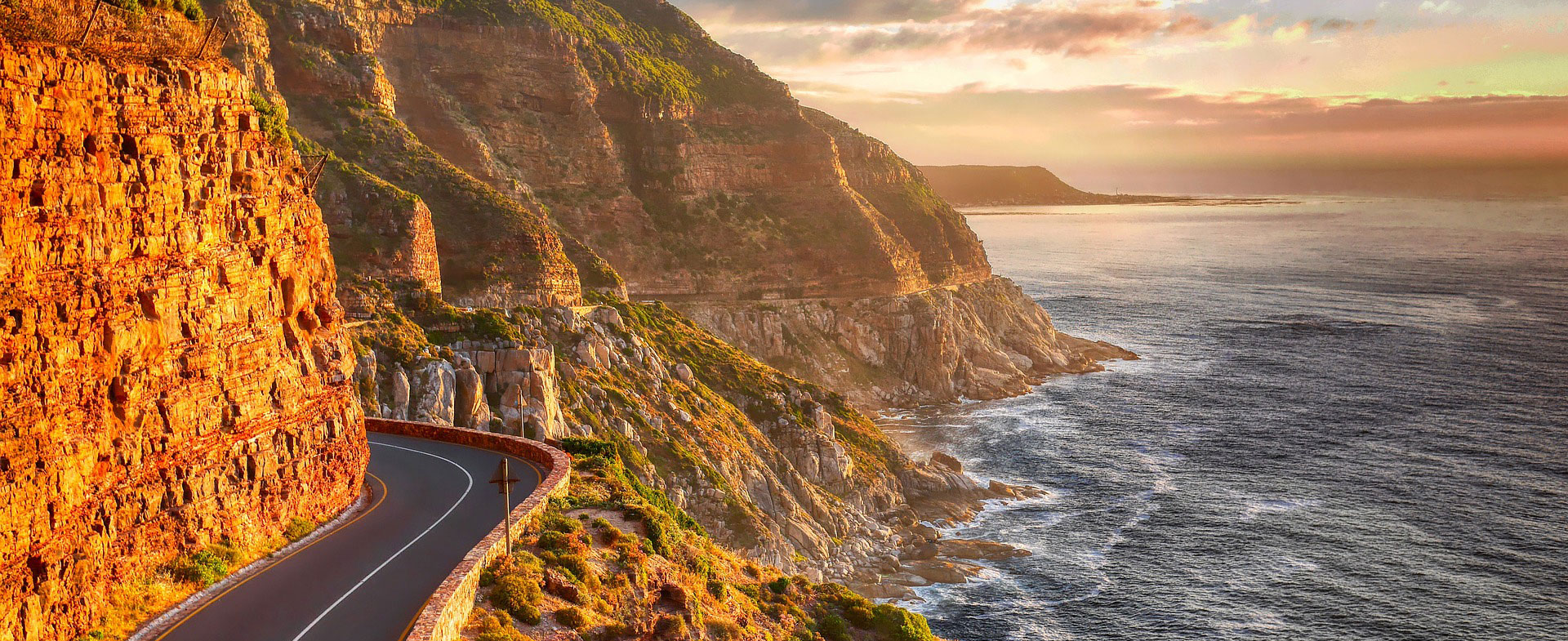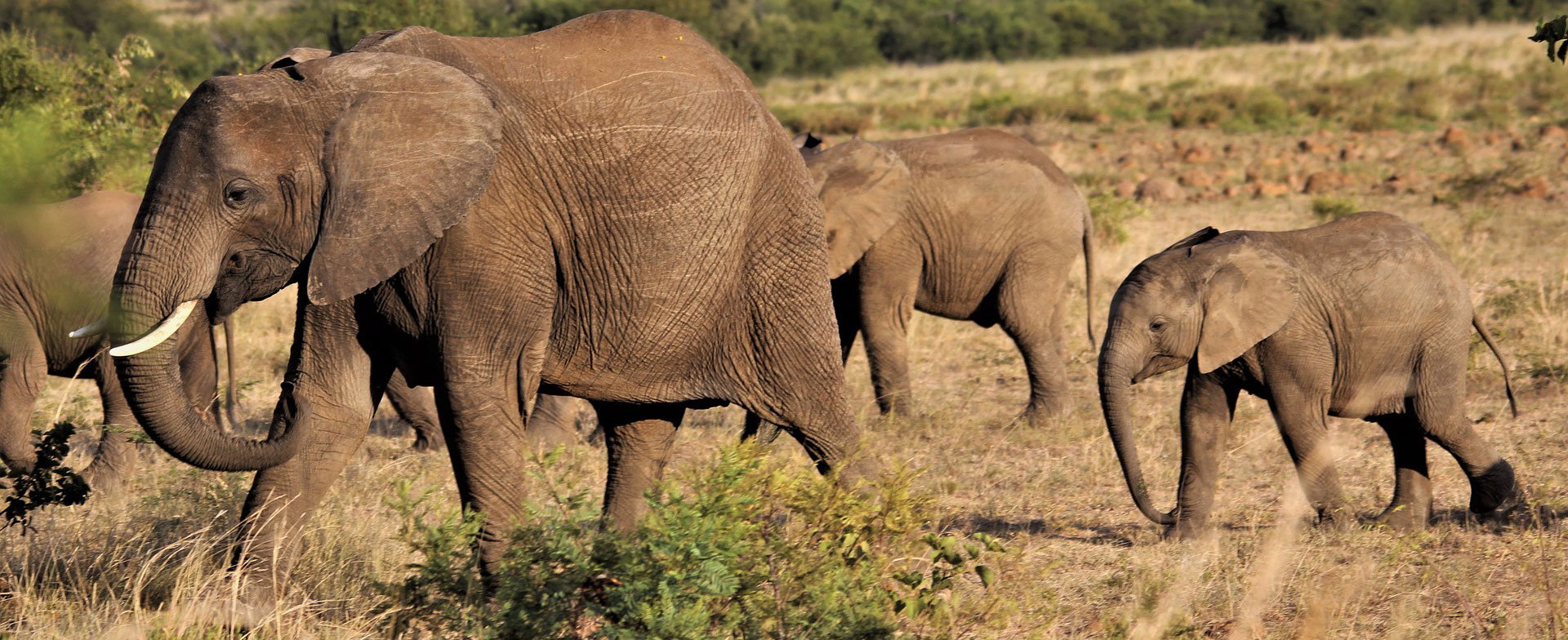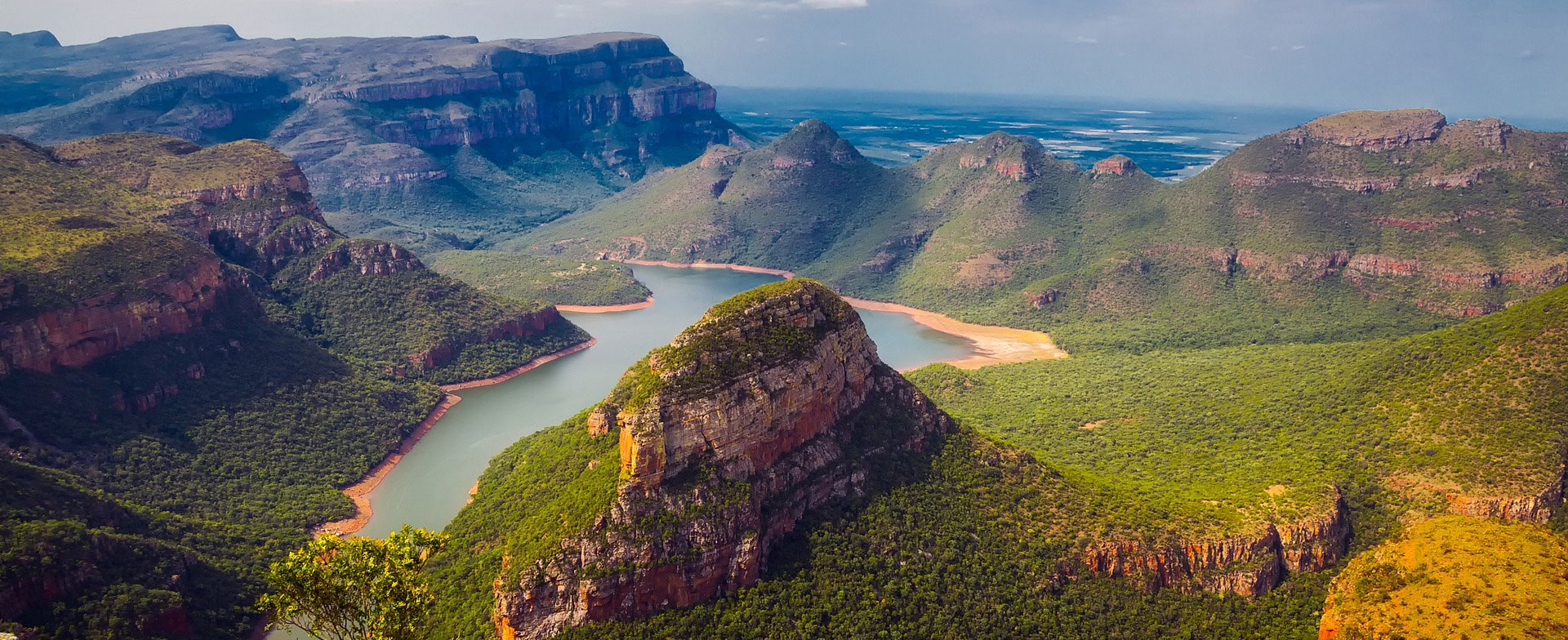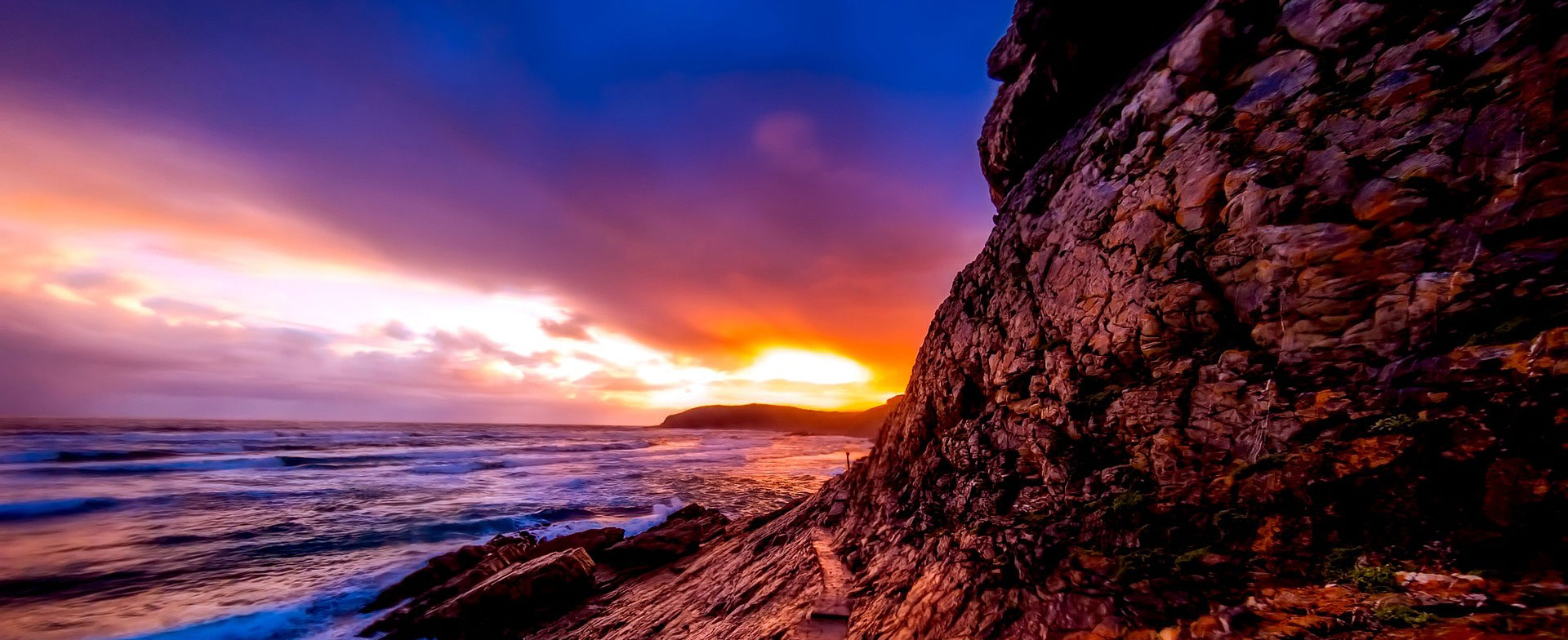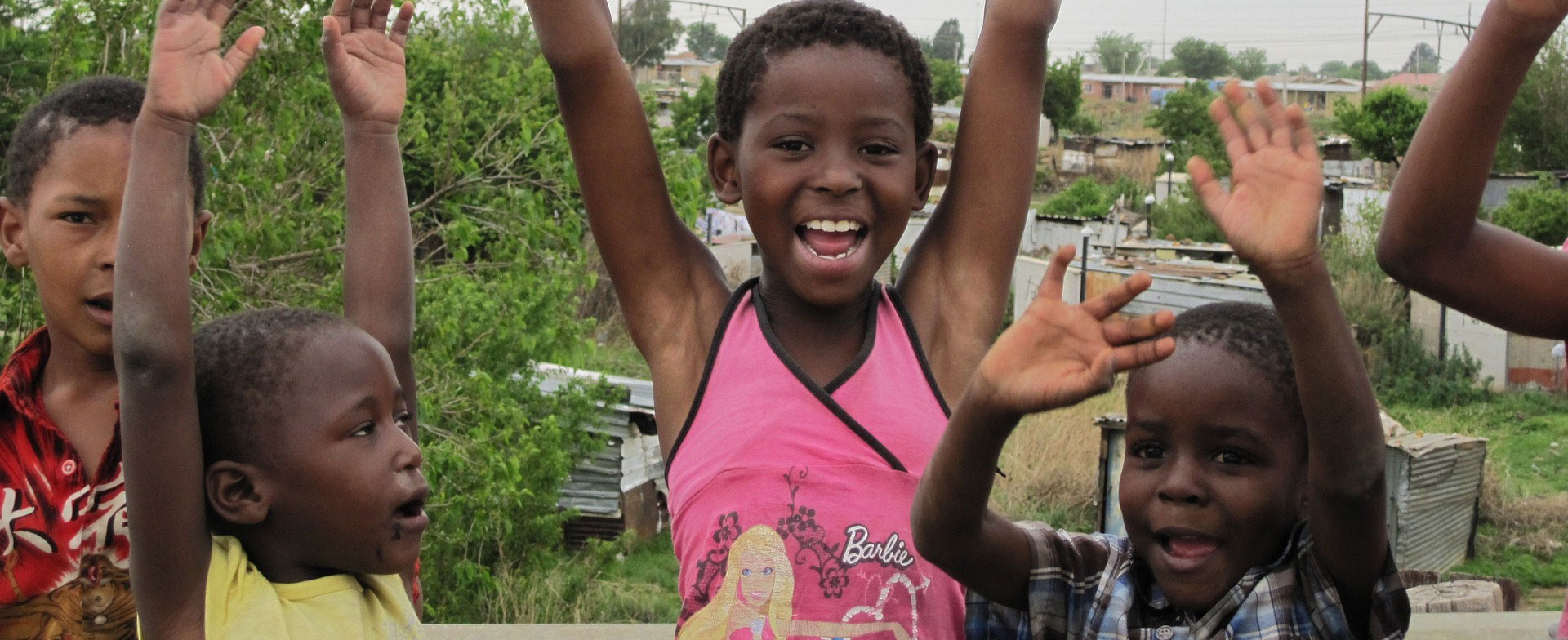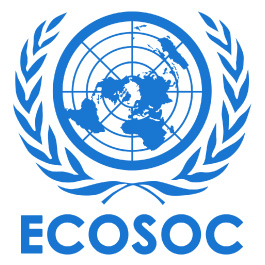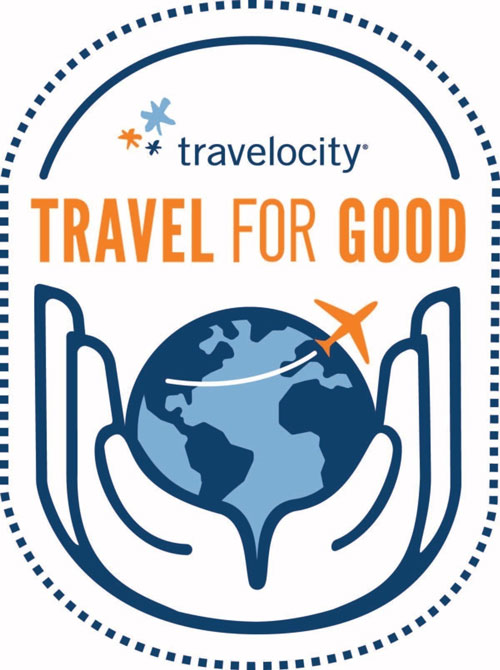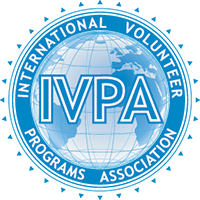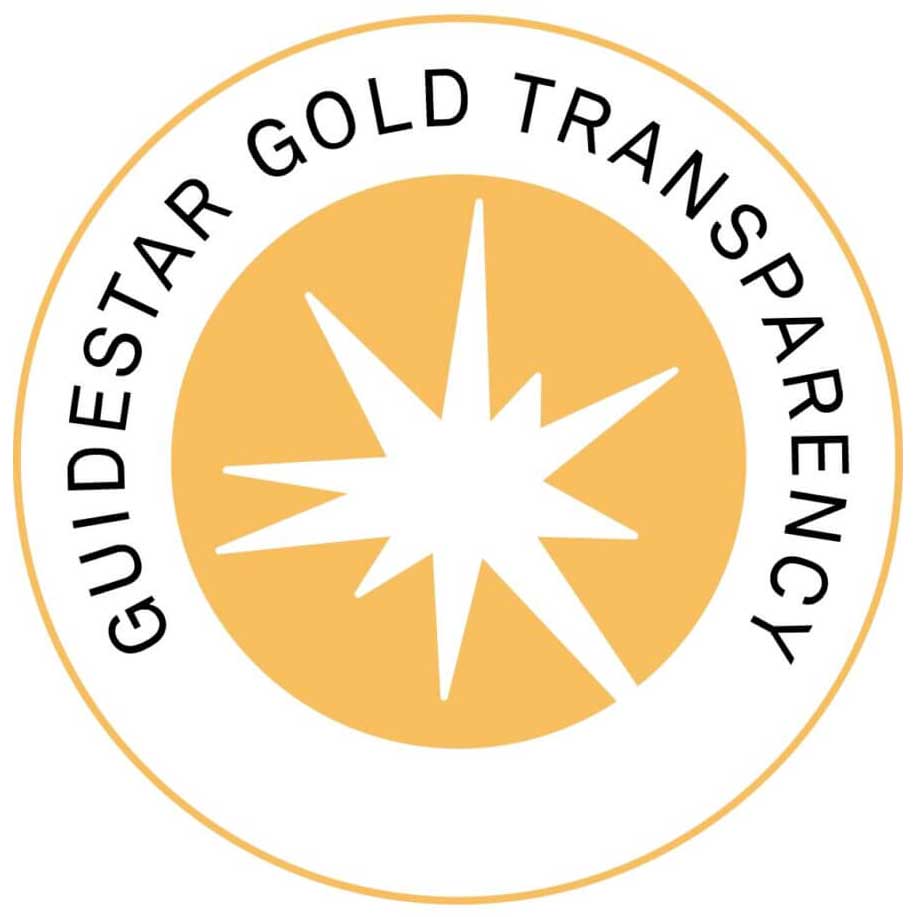The recent past
Bush fires may be a natural part of Table Mountain's life cycle, but that doesn't make them any more welcome. In January 2006 a cigarette butt allegedly tossed by an English tourist set off a fire on the northern flank of Table Mountain that eventually engulfed a 700-hectare area from Devil's Peak to Lion's Head. A 65-year-old British tourist died from smoke inhalation but, although hundreds of people were evacuated, no homes were damaged.
In contrast, regular blazes throughout the year lay waste to hundreds of shacks in the townships, leaving thousands with nothing other than the clothes they stand in. The clearly overstretched fire brigade complains of underpay and poor working conditions - some members hadn't even received a new uniform since the time of apartheid.
Fires of quite another type were also snuffed out on Clifton Beach No 2 in late January 2006. Audiences of around 1000 were attending the Monday-night drumming circle on the beach, accompanied by the pyrotechnics of a group of fire dancers. The well-heeled residents of Clifton complained, prompting a squadron of police to raid the beach, snuffing out spectators' candles, searching bags for alcohol (illegal on the beach) and other substances, and generally being spoilsports.
Also messing up Cape Town's life was the troubled Koeberg nuclear power station, which at full capacity provides just under half of the Western Cape's peak electricity demand. On Christmas Day 2005, one of Koeberg's two generation units was shut down due to damage caused by a loose bolt left behind during routine maintenance. Intermittent power cuts followed and became more frequent when Koeberg's second power unit failed a couple of months later. There was chaos as the robots (traffic lights) failed and cash registers and computers seized up. Sales of generators soared.
The power cuts, combined with charges of corruption and cronyism levelled at the city's African National Congress (ANC) -controlled council, led to the party narrowly losing out to the Democratic Alliance (DA) in the municipal elections of March 2006. Although the third-placed Independent Party refused to work with the DA, negotiations with other smaller parties secured the DA's Helen Zille as Cape Town's new major. That same day the country's last white president, FW de Klerk, celebrated his 70th birthday at a party in the Mount Nelson Hotel where Nelson Mandela was the surprise guest of honour on a list that read like a who's who of modern South Africa.
The San & Khoikhoi peoples
South Africa lays strong claim to being the cradle of mankind. At Langebaan Lagoon (north of Cape Town), the discovery of 117, 000-year-old fossilised footprints prompted one researcher to speculate that 'Eve' (the very first human, the common ancestor of us all) lived here.
Little is known about these first humans, but there are signs that they conducted funerals, an indication of at least basic culture. Academics don't know whether the earliest-recorded inhabitants of South Africa - the San people - are direct descendants or if they returned to the area after aeons of travel anything between 40, 000 and 25, 000 years ago.
The term Khoisan is used to describe both the San who were nomadic hunters and gatherers, and the Khoikhoi (also known as Khoekhoen, possibly meaning 'Men of Men') who were seminomadic hunters and pastoralists. It is believed the Khoikhoi developed from San groups in present-day Botswana. For centuries, perhaps even millennia, the San and the Khoikhoi intermarried and coexisted, so the distinction was by no means clear.
Culturally and physically, the Khoisan developed differently from the Negroid peoples of Africa, although it's possible that they came into contact with pastoralist Bantu-speaking tribes as, in addition to hunting and gathering food, they became pastoralists, with cattle and sheep. The Khoisan migrated south, reaching the Cape of Good Hope about 2000 years ago. It was not uncommon for impoverished Khoikhoi to revert to a hunter-gatherer existence, or for the San to acquire domestic animals.
First European visitors
The first recorded Europeans to sight the Cape were the Portuguese, who passed by on their search for a sea route to India and for the most precious of medieval commodities: spices. Bartholomeu Dias rounded the Cape in 1488, naming it Cabo da Boa Esperança (Cape of Good Hope), but didn't linger long, as his sights were fixed on the trade riches of the east coast of Africa and the Indies.
The Portuguese had no interest in a permanent settlement. The Cape offered them little more than fresh water, since their attempts to trade with the Khoisan often ended in violence, and the coast and its fierce weather posed a terrible threat to their tiny caravels.
By the end of the 16th century, English and Dutch traders were beginning to challenge the Portuguese, and the Cape became a regular stopover for their scurvy-ridden crews. In 1647 a Dutch vessel was wrecked in Table Bay; its crew built a fort and stayed for a year before they were rescued.
This crystallised the value of a permanent settlement in the minds of the directors of the Dutch East India Company (Vereenigde Oost-Indische Compagnie; VOC). They had no intention of colonising the country, but simply wanted to establish a secure base where ships could shelter and stock up on fresh supplies of meat, fruit and vegetables.
The Dutch arrive
Jan van Riebeeck was chosen by the VOC to lead an expedition of 80 company employees - mainly poorly educated soldiers and sailors - charged with building a fort, bartering with the Khoisan for meat, and planting a garden. He reached Table Bay on 6 April 1652, built a mud-walled fort not far from the site of the stone Castle of Good Hope that survives today, and planted the gardens now known as the Company's Gardens.
The Dutch were not greeted with open arms by either the San (later to be called Bushmen by the European settlers) or the Khoikhoi (likewise called Hottentots); intermittent hostilities broke out. In 1660, in a gesture that took on an awful symbolism, Van Riebeeck planted a wild almond hedge to protect his European settlement from the Khoisan. The hedge ran around the western foot of Table Mountain down to Table Bay, and a section of it can still be seen in the Kirstenbosch Botanical Gardens. The irony was that contact between the Europeans and the Khoisan would prove far more dangerous for the locals, who were mortally vulnerable to the guns and diseases of the colonists.
The Khoisan proving uncooperative, the Cape settlement was soon suffering a chronic labour shortage. From 1657 Van Riebeeck started releasing VOC employees, allowing them to farm land independently, thus beginning the colonisation process of Southern Africa and giving birth to the Boers. The following year he began to import slaves from West Africa, Madagascar, India, Ceylon, Malaya and Indonesia, among other places. By the time the slave trade was ended in 1807, some 60, 000 slaves had been brought to the Cape, laying the foundations for the unique mix of cultures and races found here today.
The process of colonisation kicked off a series of wars between the Khoikhoi and the Dutch in which the locals were obviously no match for the well-armed and organised Europeans. The Dutch, who were keen to bolster their numbers, allowed some 200 Huguenots, French Calvinists fleeing persecution by King Louis XIV, to settle on the Cape in 1688.
There was a shortage of women in the colony, so female slaves and Khoisan women were exploited both for labour and for sex. In time, the slaves intermixed with the Khoisan, too. The offspring of these unions form the basis of sections of today's coloured population.
Under the VOC's almost complete control, Kaapstad (the Dutch name for Cape Town) provided a comfortable European lifestyle for a growing number of artisans and entrepreneurs servicing ships and crews. By the middle of the 18th century there were around 3000 people living in the riotous port, known as the 'Tavern of the Seas' by every navigator, privateer and merchant travelling between Europe and the East (including Australia).
The British take over
As the 18th century progressed, the global power of the Dutch was waning and under challenge by the British. The fourth Anglo-Dutch War was fought between 1780 and 1783. French regiments were sent to Cape Town to help the Dutch defend the city, but the British eventually prevailed at the Battle of Muizenberg in 1795 and took control of the Cape from the VOC, which by then was bankrupt.
The Treaty of Amiens (1803) had the British cede the Cape back to the Dutch, but this proved just a lull in the Napoleonic Wars. In 1806 at Bloubergstrand, 25km north of Cape Town, the British again defeated the Dutch. The colony was ceded to the British on 13 August 1814.
The British abolished the slave trade in 1808 and the remaining Khoisan were finally given the explicit protection of the law (including the right to own land) in 1828. These moves contributed to Afrikaners' dissatisfaction and their mass migration, which came to be known as the Great Trek, inland from the Cape Colony.
Despite outlawing slavery, the British introduced new laws that laid the basis for an exploitive labour system little different from slavery. Thousands of dispossessed blacks sought work in the colony, but it was made a crime to be in the colony without a pass - and without work. It was also a crime to leave a job.
Cape economy booms
The British introduced free trade, which greatly benefited Cape Town's economy. Cape wines, in particular, were a huge hit, accounting for some 10% of British wine consumption by 1822. During the first half of the 19th century, before the Suez Canal opened, British officers serving in India would holiday at the Cape.
Capetonians successfully managed to stop the British government's attempt to turn the colony into another Australia when their governor, Sir Harry Smith, forbade 282 British prisoners from leaving the ship Neptune when it docked in Cape Town in 1849. The Neptune continued to Tasmania and the Capetonians, who had challenged the might of the empire, became bolder in their demands for self-government.
In 1854 a representative parliament was formed in Cape Town, but much to the dismay of Dutch and English farmers to the north and east, the British government and Cape liberals insisted on a multiracial constituency (albeit with financial requirements that excluded the vast majority of blacks and coloureds).
In 1860 construction of the Alfred Basin in the docks commenced, which finally provided Cape Town with a stormproof port. The opening of the Suez Canal in 1869 dramatically decreased the amount of shipping that sailed via the Cape, but the discovery of diamonds and gold in the centre of South Africa in the 1870s and '80s helped Cape Town maintain its position as the country's premier port.
Immigrants flooded into the city and the population trebled from 33, 000 in 1875 to over 100, 000 people at the turn of the 20th century.
Boer War & after
After the Great Trek, the Boers established several independent republics, the largest being the Orange Free State (today's Free State province) and the Transvaal (today's Northern Province, Gauteng and Mpumalanga).
When the world's richest gold reef was found in the Transvaal (a village called Johannesburg sprang up beside it), the British were miffed that the Boers should control such wealth and precipitated war in 1899. The Boers were vastly outnumbered but their tenacity and knowledge of the country resulted in a long and bitter conflict. The British finally defeated them in 1902.
Cape Town was not directly involved in any of the fighting but it did play a key role in landing and supplying the half a million imperial and colonial troops who fought on the British side. The Mount Nelson Hotel was used as headquarters by Lords Roberts and Kitchener.
Bubonic plague in 1901 gave the government an excuse to introduce racial segregation, even though the disease had actually arrived in the Cape on a ship from Argentina. Blacks were moved to two locations, one near the docks and the other at Ndabeni on the western flank of Table Mountain. This was the start of what later would develop into the townships of the Cape Flats.
After the war, the British made some efforts towards reconciliation, and instituted moves towards the union of the separate South African provinces. In the Cape, blacks and coloureds retained a limited franchise (although only whites could become members of the national parliament, and eligible blacks and coloureds constituted only around 7% of the electorate), but did not have the vote in other provinces.
The issue of which city should become the capital was solved by the unwieldy compromise of making Cape Town the seat of the legislature, Pretoria the administrative capital, and Bloemfontein the judicial capital. The Union of South Africa came into being in the year of 1910.
Apartheid rules
Afrikaners were economically and socially disadvantaged when compared with the English-speaking minority, which controlled most of the capital and industry in the new country. This, plus lingering bitterness over the war and Afrikaners' distaste at having to compete with blacks and coloureds for low-paying jobs, led to strident Afrikaner nationalism and the formation of the National Party (NP).
In 1948 the National Party came to power on a platform of apartheid (literally, 'the state of being apart'). In a series of bitter court and constitutional battles, the right of coloureds to vote in the Cape was removed (blacks had been denied the vote since 1910) and the insane apparatus of apartheid was erected.
Mixed marriages were prohibited, interracial sex was made illegal and every person was classified by race. The Group Areas Act defined where people of each 'race' could live and the Separate Amenities Act created separate public facilities: separate beaches, separate buses, separate toilets, separate schools and separate park benches. Blacks were compelled to carry passes at all times and were prohibited from living in or even visiting towns without specific permission.
The Dutch Reformed Church justified apartheid on religious grounds, claiming the separateness of the races was divinely ordained. The volk (literally, the 'people', but it really meant just Afrikaners) had a holy mission to preserve the purity of the white race in its promised land.
A system of Homelands was set up in 1951, whereby the proportion of land available for black ownership in South Africa increased very slightly to 13%. Blacks then made up about 75% of the population. The Homelands idea was that each black group had a traditional area where it belonged - and must now stay. The government defined 10 such groups, which were based largely on dubious 19th-century scholarship. The area around Cape Town was declared a 'coloured preference area', which meant that no black person could be employed unless it could be proved that there was no coloured person suitable for the job.
Apart from the inequity of the land allocation, not to mention the injustice of making decisions for and about people who were not allowed to vote, this plan ignored the huge numbers of blacks who had never lived in their 'Homeland'. Millions of people who had lived in other areas for generations were forcibly removed and dumped in bleak, unproductive areas with no infrastructure.
The Homelands were regarded as self-governing states and it was planned that they would become independent countries. Four of the 10 Homelands were nominally independent by the time apartheid was demolished (they were not recognised as independent countries by the UN), and their dictators held power with the help of the South African military.
Of course, the white population depended on cheap black labour to keep the economy booming, so many black 'guest workers' were admitted to South Africa. But, unless a black had a job and a pass, they were liable to be jailed and sent back to their Homeland. This caused massive disruption to black communities and families. Not surprisingly, people without jobs gravitated to cities such as Cape Town to be near their husbands, wives and parents.
No new black housing was built, and as a result, illegal squatter camps mushroomed on the sandy plains to the east of Cape Town. In response, government bulldozers flattened the shanties, and their occupants were dragged away and dumped in the Homelands. Within weeks, inevitably, the shanties would rise again.
Mandela jailed
In 1960 the ANC and the Pan-African Congress (PAC) organised marches against the hated pass laws, which required blacks and coloureds to carry passbooks authorising them to be in a particular area. At Langa and Nyanga on the Cape Flats, police killed five protesters. The Sharpeville massacres in Gauteng were concurrent and resulted in the banning of the ANC and PAC.
In response to the crisis, a warrant for the arrest of Nelson Mandela and other ANC leaders was issued. In mid-1963 Mandela was captured and sentenced to life imprisonment. Like many black leaders before him, Mandela was imprisoned on Robben Island, in the middle of Table Bay. He remained here until 1982 when he was moved to Pollsmoor Prison south of Constantia on the Cape. His final place of incarceration was Victor Vester Prison near Paarl.
The government tried for decades to eradicate squatter towns, such as Crossroads, which were focal points for black resistance to the apartheid regime. In its last attempt between May and June 1986, an estimated 70, 000 people were driven from their homes and hundreds were killed. Even this brutal attack was unsuccessful in eradicating the towns, and the government accepted the inevitable and began to upgrade conditions. Since then vast townships have sprung up across the Cape Flats. No-one knows exactly how many people call them home, but it could be more than 1.5 million.
The coloured experience
Apartheid's divide-and-rule tactics - favouring coloureds above blacks - stoked the animosity that lingers between the Cape's coloured and black communities today. Even so, coloureds did suffer under apartheid, and none more so than those living in the poor inner-city area known as District Six.
In its time District Six, immediately east of the city centre, was the suburb that, more than any other, gave Cape Town its cosmopolitan atmosphere and life. Every race lived there and the streets were alive with people, from children to traders, buskers to petty criminals. Jazz was its life blood and the district was home to many musicians, including the internationally renowned pianist Dollar Brand (now called Abdullah Ibrahim).
In 1966 District Six was classified as a white area. Its 50, 000 people, some of whose families had been there for five generations, were gradually evicted and dumped in bleak and soulless townships like Athlone, Mitchell's Plain and Atlantis. Friends, neighbours, and even relations were separated. Bulldozers moved in and the multiracial heart was ripped out of the city, while in the townships, depressed and dispirited youths increasingly joined gangs and turned to crime.
The coloured Cape Muslim community of the Bo-Kaap, on the northeastern edge of Signal Hill, was more fortunate. Home to Cape Town's first mosque (the Owal Mosque on Dorp St dates back to 1798), the district was once known as the Malay Quarter because it was where many of the imported slaves from the start of the Cape Colony lived with their masters.
In 1952 the entire Bo-Kaap region was declared to be a coloured area under the terms of the Group Areas Act. There were forced removals, but the residents of the community, which was more homogeneous than that of District Six, banded together in order to successfully fight for and retain ownership of their homes, many of which were declared National Monuments in the 1960s (so, fortunately, at least they were saved from the bulldozers).
Path to democracy
In the 1980s the apartheid regime began to crumble amid deepening economic gloom caused by international sanctions and the increasing militancy of black opposition groups (which began with the Soweto student uprising in 1976).
In 1982 Nelson Mandela and other ANC leaders were moved from Robben Island to Pollsmoor Prison in Cape Town. (In 1986 senior politicians began secretly talking with them.) In 1983 the United Democratic Front (UDF) was formed when 15, 000 antiapartheid activists gathered at Mitchell's Plain in the Cape Flats. At the same time the state's military crackdowns in the townships became even more brutal.
In early 1990 President FW de Klerk began to repeal discriminatory laws, and the ANC, PAC and Communist Party were legalised. On 11 February Nelson Mandela was released. His first public speech since he had been incarcerated 27 years earlier was delivered from the balcony of City Hall to a massive crowd filling the Grand Pde.
From this time onwards virtually all the old apartheid regulations were repealed and, in late 1991, the Convention for a Democratic South Africa (Codesa) began negotiations on the formation of a multiracial transitional government and a new constitution extending political rights to all groups.
Months of negotiations and brinkmanship finally produced a compromise and an election date, although at considerable human cost. Political violence exploded across the country during this time, some of it sparked by the police and the army. Despite this, the 1994 election was amazingly peaceful.
The ANC won 62.7% of the vote, less than the 66.7% that would have enabled it to rewrite the constitution. In Western Cape, though, the majority coloured population voted in the NP as the provincial government, seemingly happier to live with the devil they knew than with the ANC.
Rise & fall of Pagad
During the 1990s drugs and the associated crime became such a problem in the Cape that communities, and in particular the coloured community, began to take matters into their own hands. People against Gangsterism and Drugs (Pagad) was formed in 1995, as an offshoot of the Islamic organisation Qibla. The group saw itself as defending the coloured community from the crooked cops and drug lords who allowed gangs to control the coloured townships.
At first the police tolerated Pagad, but their vigilante tactics turned sour in 1996 with the horrific (and televised) death of gangster Rashaad Staggie. A lynch mob burned then repeatedly shot the dying gangster. Other gang leaders were killed but Cape Town really began to worry when bombs, believed to have been planted by the more radical of Pagad's members, began to go off around the city. One of the worst was in 1998 at Planet Hollywood at the Waterfront, although by 2000 many other explosions had happened at police stations, synagogues and a gay nightclub. In September 2000 a magistrate presiding in a case involving Pagad members was murdered in a drive-by shooting.
Although Pagad leader Abdus Salaam Ebrahim was imprisoned in 2002 for seven years for public violence, no-one has been convicted, let alone charged for the Cape Town bombings, which thankfully seem to have stopped. Pagad, now designated a terrorist organisation by the government, keeps a much lower and quieter profile.
Shifting alliances
In December 1997 Mandela stepped down as ANC president and was succeeded by his deputy, Thabo Mbeki. Two years later South Africa held its second free elections. There had been speculation that the ANC vote might drop, but in fact it increased, putting the party within one seat of the two-thirds majority that would allow it to alter the constitution.
In the Western Cape elections in 2000, however, the ANC fared worse. The pact between the old NP, restyled as the New National Party (NNP), and the Democratic Party (DP) to create the Democratic Alliance (DA), brought them victory not only in the provincial elections but also in the metropolitan elections. Two years later, in a previously unthinkable alliance, the NNP ditched the DP to join forces with the ANC, putting the ANC in control of Cape Town for the first time and bringing the city its very first black female mayor, Nomaindia Mfeketo.
Conscious of their core vote in the Cape Flats the ANC-led city council vowed to improve the lot of township folk by upgrading the infrastructure in the informal settlements and investing more in decent low-cost housing, such as the N2 Gateway Project along the motor corridor linking the city with the airport. Urban renewal projects were also announced for Mitchells Plain, one of the most populous coloured areas of the city. Meanwhile, the City Bowl and surrounding areas continued to benefit from increased security and the development of ritzy, loft-style apartments in grand, old structures such as Mutual Heights.
Full integration of the city's mixed population, though, is a long way off, if it's achievable at all. The vast majority of Capetonians continue to live in the bleak, impoverished communities of the Cape Flats, split along racial lines and suffering horrendous economic, social and health problems.
Copyright 2003 Lonely Planet Publications, all rights reserved, used with permission
